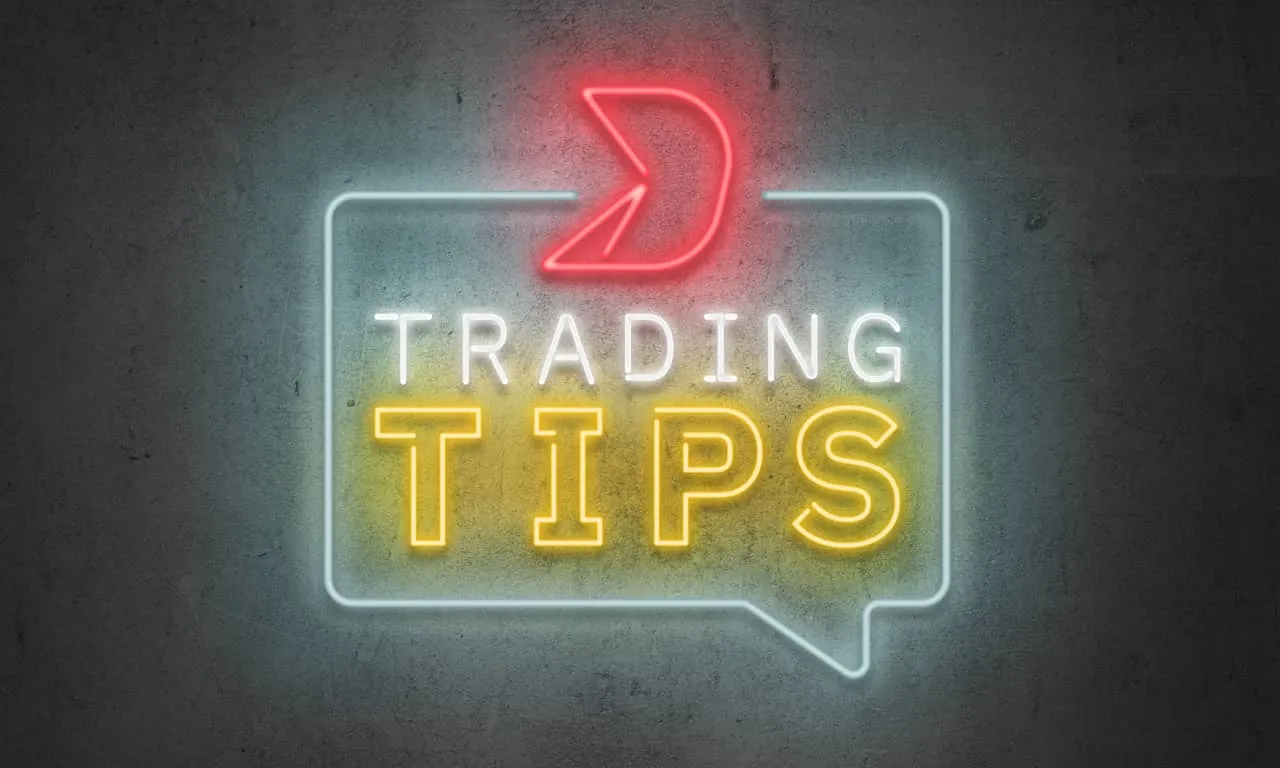Useful tips on how to trade online

This post was originally published by Deriv on July 7, 2022.
Every trader goes through their own trading journey, some admittedly more successful than others. In the ebook by veteran trader and self-made millionaire Vince Stanzione '7 traits of successful financial traders' explains how successful traders plan their trading strategy and how you can learn to trade from their examples.
Cut your losses
Trading comes down to psychology — everyone wants to win; no one wants to lose.
When faced with an unprofitable trade, experienced traders don’t let it run and hope the market will improve eventually. They know it’s a bad idea to keep an unprofitable trade open and let it accumulate losses, which will also make it harder to gain any profit. They know when to cut their losses
The following table explains why cutting your losses is crucial. It shows the returns needed to break even for unprofitable trades. For example, if your trade has already lost 5%, you’ll need the position to move in your favour by 5.3% to break even.

Plan your exit strategy
Beginner traders tend to focus on when to open a trade but pay little attention to closing it. According to Stanzione, deciding when to exit a trade is even more critical than deciding when to enter it.
Your exit rule to take a profit or loss should be determined before you start trading, and you should stick to it. It shouldn’t be some afterthought that you consider while your trade is running. Your psychological responses can change once you open a trade, and your emotions can influence your decisions. So, it’s important to have an exit strategy and follow it.
Diversify
A tip often repeated in trading for beginners is to diversify your portfolio. While you should diversify by trading on various markets and assets, you can also add diversity to your strategy by trading on the different directions of price movements to lessen your risk.
With the availability of digital options and contracts for difference (CFDs), you can trade on markets that go up, down, and even sideways. You don’t need to only trade on markets or assets moving in one direction.
Follow the right trends
Experienced traders follow trends and profit from them. Trends can be up or down, but overall, traders gain more from an uptrend because a market can go up by an unlimited amount, whereas the most a market can go down is 100%.
In his ebook, Stanzione says that successful traders trade according to what they see rather than what they think will happen. They depend on the numbers to tell them what is happening — if the price of an asset rises from 60 to 65 to 70, it is going up — and they trade accordingly.
Master your emotions
After facing a few losses, new traders may doubt their trading strategy and start thinking about changing their approach. But if you keep changing your strategy, how will you know if it works?
Markets don’t usually perform as we would like them to. Plus, many external factors can affect your emotions and trading judgment. This is why you need to learn to recognise when you are getting emotional about your trades — whether it’s feeling unsure about your strategy or an attachment to your positions. Remember to follow your trading strategy, and don’t trade emotionally.
Keep it simple
Many new traders think they need lots of fancy software, multiple trading screens, and a rapid internet connection to trade successfully. But the truth is, while they may be helpful, these tools won’t help you financially succeed as a trader.
Keep things simple. Deriv gives traders access to a variety of trading platforms and various financial markets. Sure, you can check out extra trading plugins or systems for some extra help if you’re a new trader, but you don’t need to spend thousands of dollars on fancy software to become a successful trader.
Know what you can control
However smart we think we are when it comes to trading, we deal with unpredictable elements when we trade. What we know and can control should help us decide how much we can risk. Determining these is what you should be spending time on.
For example, how much risk you can allow yourself to have per trade. You can control this even though market prices fluctuate or an asset doesn’t perform as you had predicted. Build a plan to manage your trade finances, and follow through with it
Explore how to start trading and download the full version of the ebook '7 traits of successful financial traders', by Vince Stanzione, veteran trader and self-made millionaire. Or put these tips into practise by trading with a free Deriv demo account. With it, you can put these trading tips into practise by trading risk-free with virtual funds before upgrading to real money.
You may also like:
Why beginners need to have an online trading demo account
Trading for beginners: top 3 tips on how to be a smart trader
Disclaimer:
Options are not available to clients residing in the EU.



